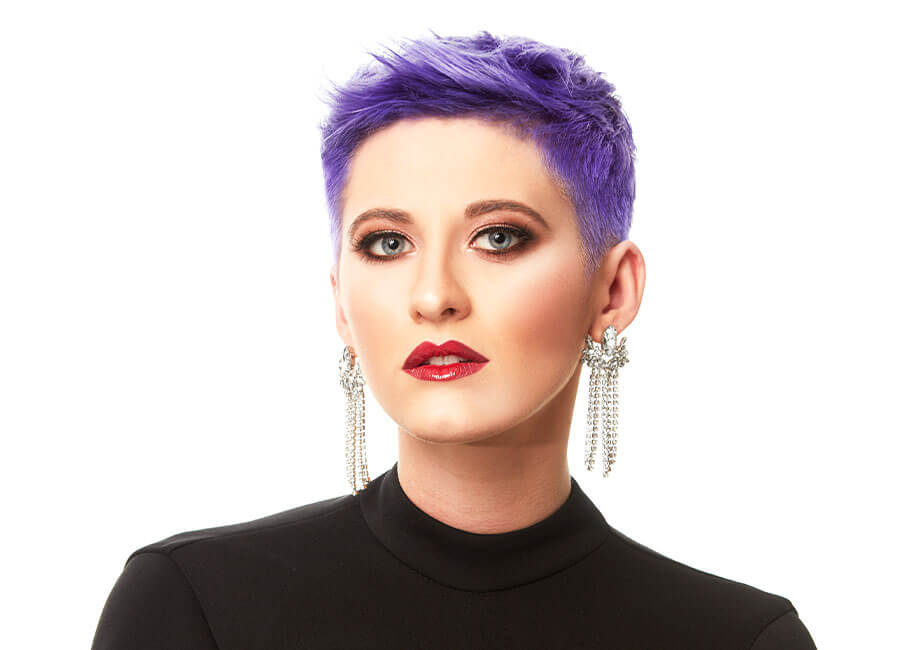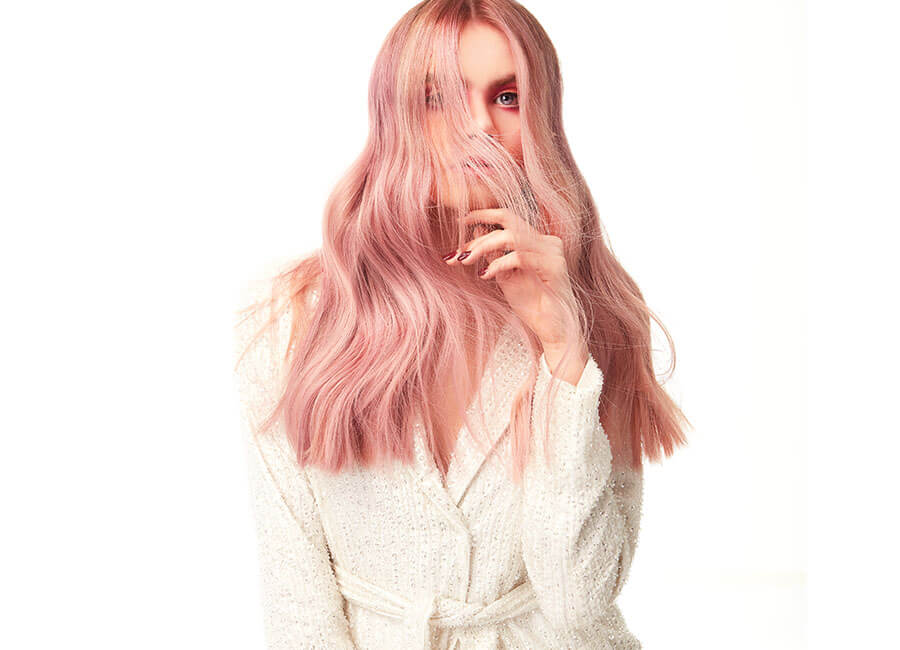Hair colour 101: your questions answered

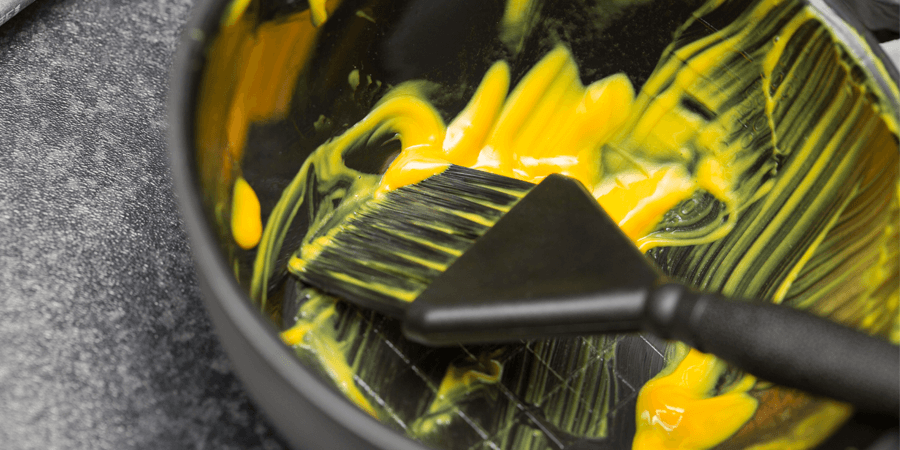
Colouring a client’s hair can be stressful, especially if they want a new on-trend colour that you’ve not done before. And what if the hair colour ends up to light - or too dark?
Nikita says, “When I’m teaching a colour course I’m refreshing the knowledge of my audience. You already know it but you can sometimes forget, especially when you’re freelance as you don’t have colleagues to talk to. If you’re worried about colour then book yourself on a refresher course.”
Whether you’re freelance or based at a salon, read on for your ultimate hair colour 101...
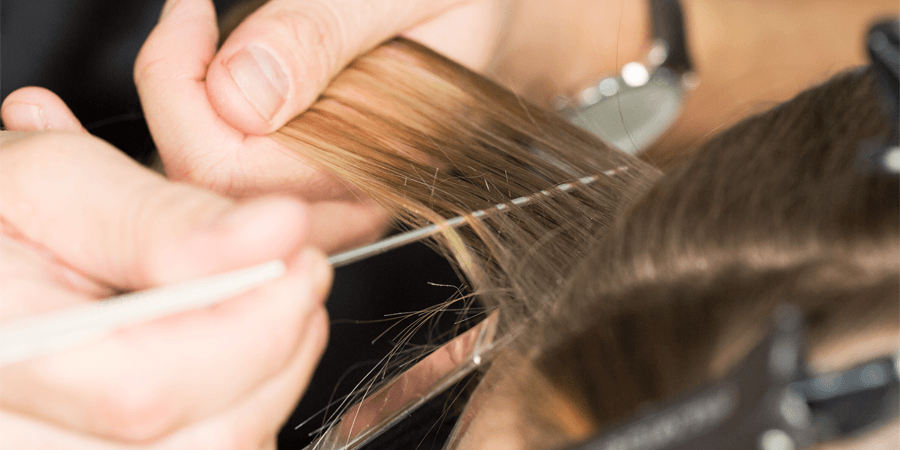
Q. How do I fix hair colour that’s gone wrong?
A. The first thing to remember is, don’t panic! ‘There are two scenarios where you might be asked to correct hair colour”, says Nikita. “The first is where you’ve made a mistake and the other is where a client has coloured their hair at home or been to another hairdresser and then comes to you for a correction.”
If you’ve made a mistake, Nikita says take a deep breath and reassure the client. “Talk to the client and reassure them you know what you’re talking about. If you panic and they see you panic that’s not very reassuring!
“You might need to rebook them. Work out where you’ve gone wrong and exactly what you can do to correct it. Don’t overcommit - it might be you need to reschedule the client for another day which will give you some time to think about how you can correct the colour.
“If it has to be corrected there and then it might be something as simple as using a toner. You have to think about your training, the colour wheel and what colours you need to counteract undesired tones.”
If the client had their hair coloured elsewhere Nikita advises doing a series of tests before applying any more colour to the hair. These include:
- Incompatibility test - this tests for metallic salt in the hair, something some home colour kits contain. “If you then put any products with ammonia on the hair, it can cause the hair to melt and smoke and all sorts of nasty things.”
- Strand test - this tests for any bleach underneath that you don’t know about.
- Skin test - to check for any ingredients that might irritate the client’s skin.
It might be that you can’t correct the colour straight away, so you’ll need to manage the customer’s expectations. Nikita adds, “The hair might need a bit of a break before you can correct the colour. The health of the hair is the most important thing.”
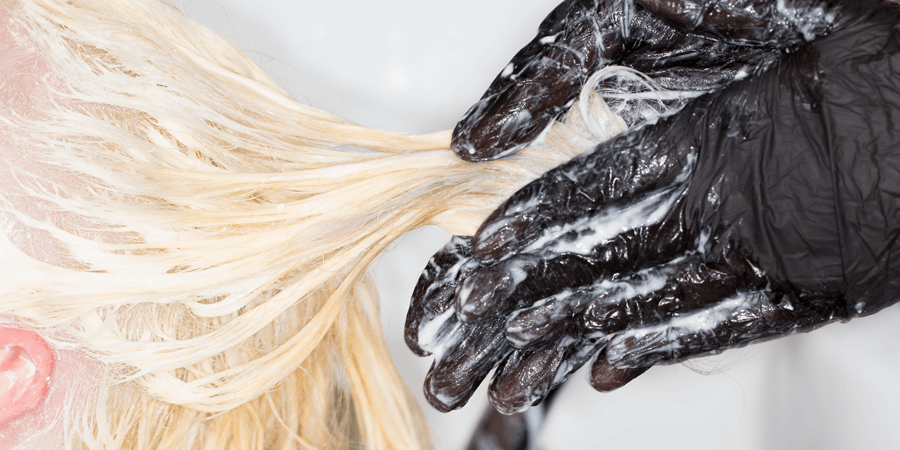
“If there was more education around skin tones then there’d be less need for colour corrections!”
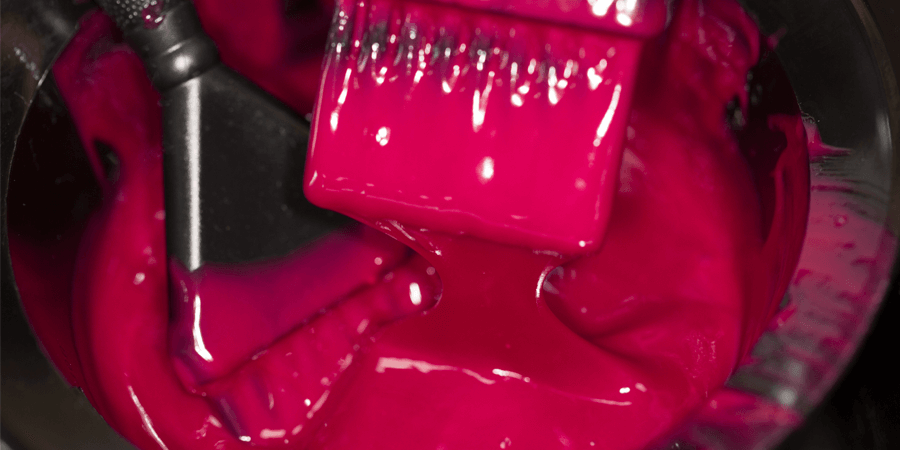
Q. What can I do if the hair colour is too dark?
A. A client’s hair colour coming out too dark is a common problem for hair stylists. Nikita says, “This is always a bit tricky. Sometimes a colour might come out a bit dark but after a few washes it’s the perfect colour. Every situation is different but what you can do is a gentle cleanse on the hair.
“You might have to run a few highlights through to break it up or use a colour remover and then start again.”
You’ll also need to think about whether to charge the client. “If it’s something you’ve done that you want to correct you’ll need to think about if you want to charge them. If you’ve done what the client wanted but they think it’s too dark, you do need to charge them to make it a bit lighter.
“In that situation, they’ve changed their minds rather than you making an error.”
Q. What can I do if the hair colour is too light?
A. With shades of blonde being the most requested hair colour, it’s no surprise this is a common hair colour question. Nikita says, “It’s a lot easier to bring the hair back down if the hair is too light. The best way to do this is by using a toner.
“If you’re a freelancer, make sure you have the appropriate products with you to do that if needed.”
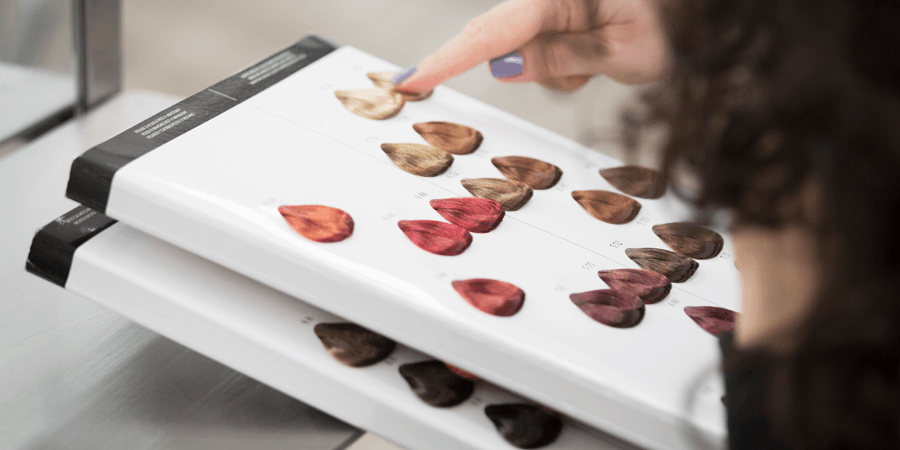
Q. How do I match hair colour to skin tone?
A. “This is really important”, says Nikita. “A lot of people want ash tones at the moment but if the client has a warm skin tone and their hair is going to throw out a lot of gold and red it’s not going to be achievable.
“If there was more education around skin tones then there’d be less need for colour corrections!”
To find out if a customer has cool or warm skin tones, Nikita suggests using a gold or silver chain or a yellow or blue cloth to see which one suits them best. Look at their natural eye and hair colour as well.
Cool tones suit… pastels, greys, ash blondes and neutrals or a pillar box red.
Warm tones suit... coppers, golds, oranges and yellows, chestnuts.
And if your client wants a colour that won’t suit them? “You’ve got to be honest with your client and give them your professional opinion.”
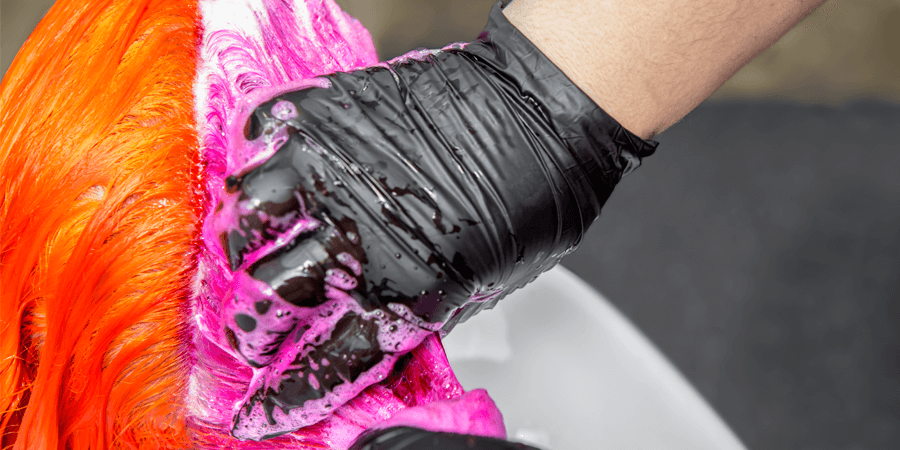
Q. How do I dye a client’s hair green, yellow or orange?
A. If your customer wants an even bolder pop of colour, Nikita has this advice: “If you’re going for orange there’s no need to go white, you just need an orange base.
“With green you need to get hair to a yellow colour. If you think about mixing colours if you mix a yellow and a blue you’ll get green.
“However if you really are struggling and not confident then don’t do it. Don’t take on more than you’re prepared to do - it’s quite stressful and you’ll be up at night thinking about it!”
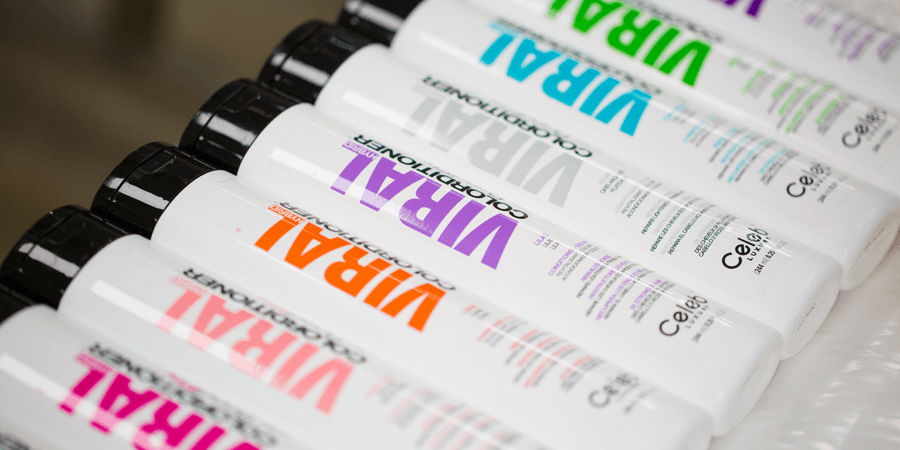
Q. How can I stop a client’s hair colour fading?
A. With lots of the fashion-forward colours, they will fade quite quickly after you’ve dyed it. To keep your client happy, Nikita says, “Send your client home with colour you can mix for them in their conditioner. If someone having a pastel mix up a bit of the colour in their conditioner for a refresh.
“Salon Services sells Celeb Luxury Viral products which comes in a range of colours from pastel to vibrant. You can then market to your client and make a profit. It will keep them happy a bit longer.”
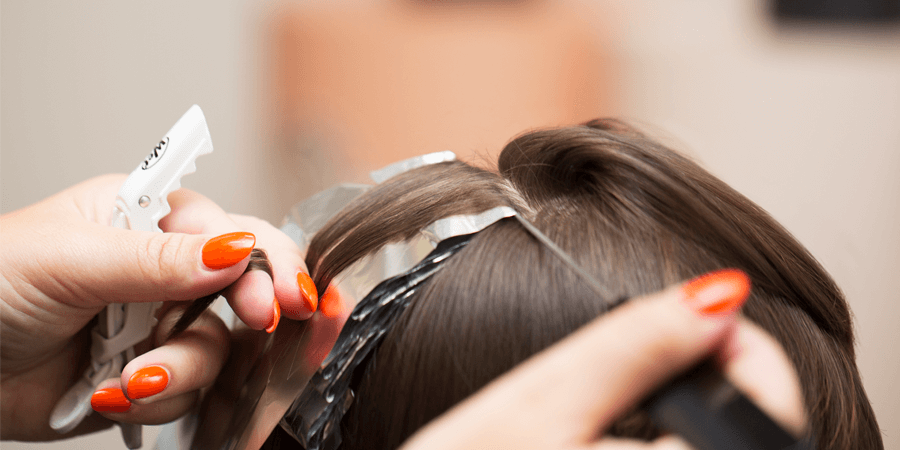
Q. How do I cover grey hair?
A. This is another common question from hair stylists. “It depends on the colour house you are using. Read their manufacturers guidelines.
“If you’re not getting results you want from it, it may be you’re not doing something right with the product. For instance, you might need to change your level of peroxide or your mixing ratio.
“I would say if you’re not achieving results you want give colour house a call and speak to them about it. It might be there’s a little trick you don’t know about!”
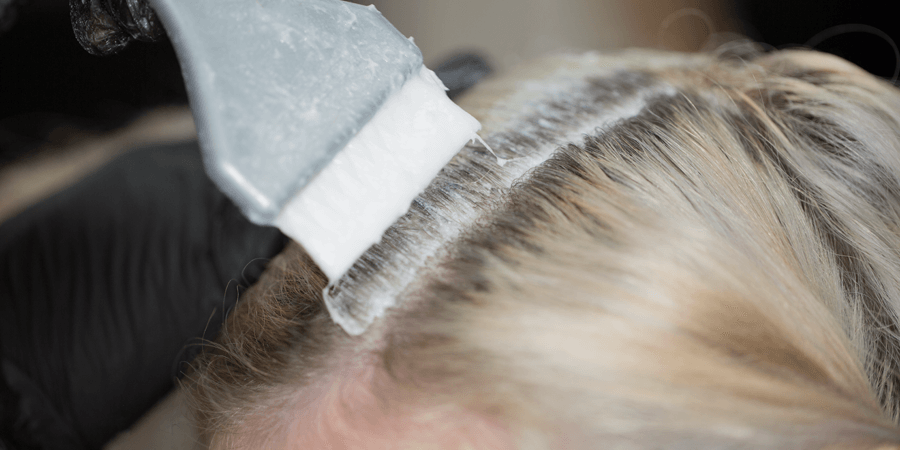
Q. How do I stop hair going a brassy colour?
A. With blondes and reds a common problem is a client’s hair going a brassy colour. Nikita says, “There are so many different shampoos designed to combat brassiness. Some can be quite strong so if you’re going to suggest one for client then go for a more diluted version so they don’t overuse it and end up with blue or purple hair.
“If you’re going to use one then use a more concentrated one. Always think about the colour wheel and what colours you might need to counteract undesired tones.”
